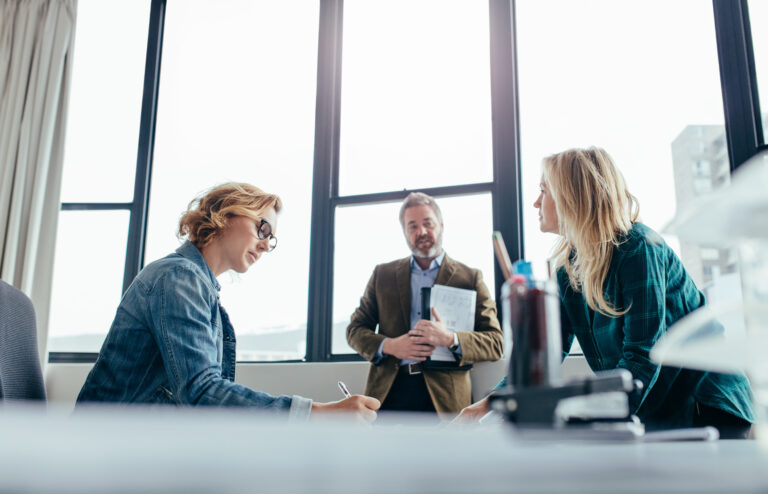SMSF & Property Series: Part 4
Written by Mary Simmons, Technical Manager, SMSF Association
In our previous articles in this series, we outlined the more traditional ways an SMSF can invest in property. This has typically involved an SMSF buying the underlying real property, or a portion of it, and receiving rent from the tenants that use the property.
However, as the prices of property continue to rise in Australia, the affordability of property may be out of reach for many SMSF trustees particularly when there is a need to consider the risks with the lack of diversification should you invest all your retirement savings into a single lumpy asset. A unit trust may provide an alternative structure to pool superannuation and non-superannuation resources to own real property.
Through a unit trust, your SMSF could acquire a portion or a “fraction” of an investment property which would entitle your SMSF to receive the equivalent proportion of the rental income and of any capital growth. Put simply, a unit trust structure allows your SMSF to buy a portion of a property and get all the benefits of owning the property without the upfront expense.
What are the key features of the unit trust?
To ensure that there are no immediate tax issues, there is a need for the unit trust to be a fixed trust. The ATO’s view on what it considers to be a fixed trust is complex so before entering into any unit trust arrangement it is recommended that legal advice be sought.
The other key factor here is that the members of your SMSF, and their related parties together, cannot control the unit trust. This means that the unit trust cannot be a ‘related trust’.
To avoid being classified as a ‘related trust’, it is essential members, and their related parties together, do not have a fixed entitlement to more than 50% of the income or capital of the trust. It also means that these related parties do not control the decisions of the trustee, nor do they have the power to appoint or remove the trustee of the unit trust. Should the unit trust be a ‘related trust’ your SMSF’s investment in the unit trust would be classified as an in-house asset and subject to strict limitations, most likely making this structure impractical. Note, there are some situations where an SMSF can invest in a related trust without the investment being classified as an in-house asset. Acquiring property through a unit trust structure that is a related trust will be covered in our next article in this series.
Sorry, this content is reserved for members of our SMSF Connect community.
Please register for a free community account to view this content or login below.
Login
If you are an existing member of SMSF Connect, please login below.
If you wish to learn more about joining the community, please click here.
Join the free community
Complete the form below to set up your free account and be regularly updated on SMSF and investing news and information.





